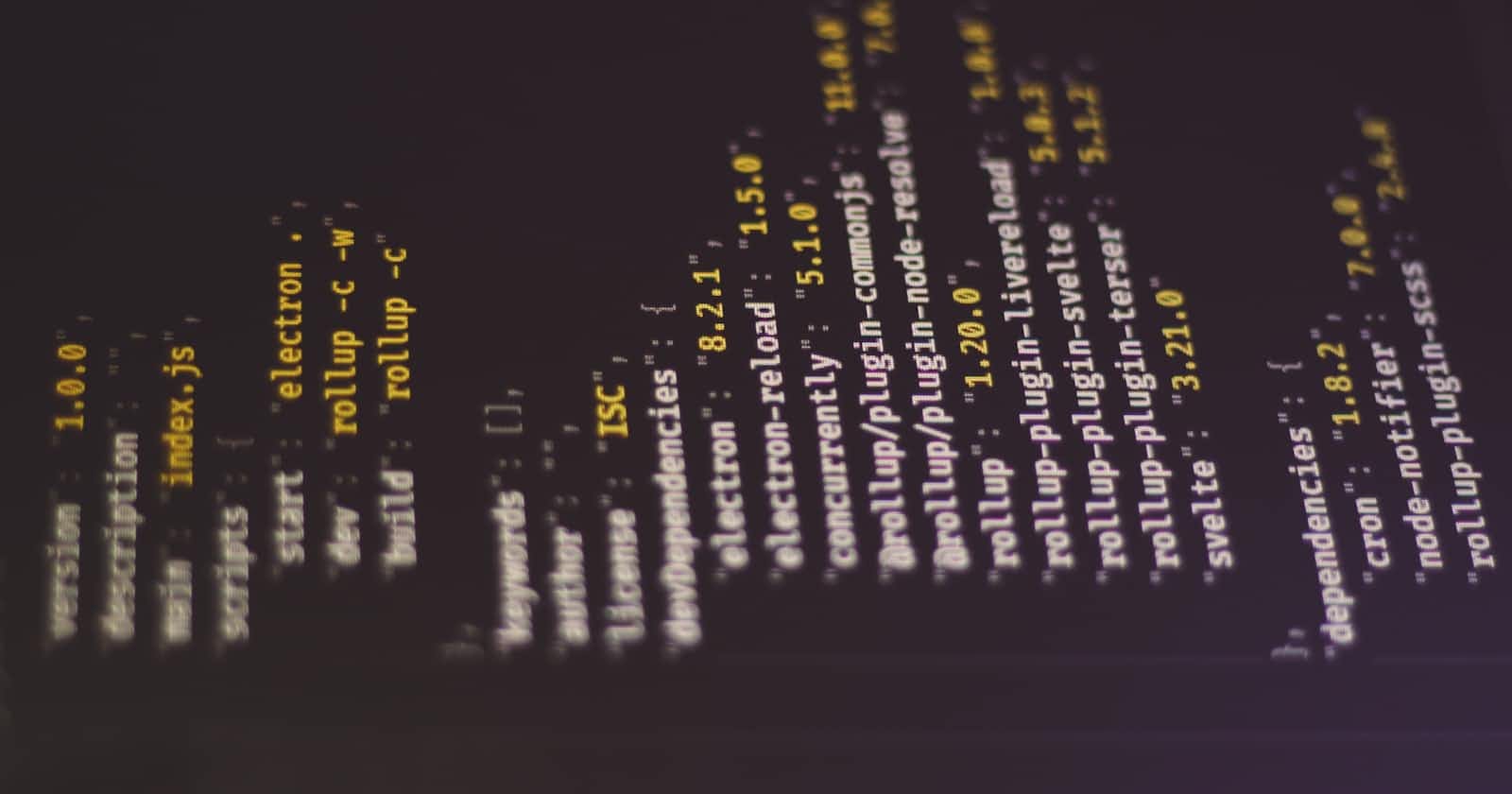🚀🧑💻 If you're venturing into the world of Blockchain development, terms like ABI and JSON Artifacts can sound confusing! But fret not, we've got you covered in this simple, easy-to-understand explanation.
First things first, let's understand:
ABI (Application Binary Interface): It's like a contract between two separate pieces of code. It’s a blueprint of a contract or a class (for those familiar with OOP). ABI helps the Ethereum network understand how to interact with smart contracts, defining functions and variables. It's like a restaurant menu: you know what you can order and what you'll get.
[
{
"constant": true,
"inputs": [],
"name": "greet",
"outputs": [
{
"name": "",
"type": "string"
}
],
"payable": false,
"stateMutability": "pure",
"type": "function"
}
]
👆This is an example of ABI. Here, we have a greet function that doesn't take any inputs, returns a string, and isn't payable.
JSON Artifacts: These are JSON files that contain important information about your compiled smart contracts. Think of them as a user manual for a new gadget; they tell you how to interact with your smart contract. It includes the ABI, the contract's bytecode, and its deployed address.
{
"contractName": "HelloWorld",
"abi": [
{
"constant": true,
"inputs": [],
"name": "greet",
"outputs": [
{
"name": "",
"type": "string"
}
],
"payable": false,
"stateMutability": "pure",
"type": "function"
}
],
"bytecode": "0x60606040523415600e...",
"networks": {
"3": {
"address": "0x4bac..."
}
}
}
👆 This JSON Artifact tells us a lot! It says we have a contract called "HelloWorld", its bytecode, and where it's deployed (network 3 in this case).
Now, how to use this info? Let's illustrate with some JavaScript code:
const Web3 = require('web3');
const HelloWorldArtifact = require('./HelloWorld.json'); // JSON Artifact
// Connect to the Ethereum network
const web3 = new Web3('http://localhost:8545');
// Get the Contract instance
const HelloWorldContract = new web3.eth.Contract(
HelloWorldArtifact.abi,
HelloWorldArtifact.networks['3'].address
);
// Call the greet function
HelloWorldContract.methods.greet().call()
.then(console.log); // Should print the greeting
And there you have it! Now you're talking to a smart contract on Ethereum using ABI and JSON Artifacts. Keep practicing and you'll be a master at Ethereum contract interactions in no time. 💻🌐
#BlockchainDev #Ethereum #ABI #


